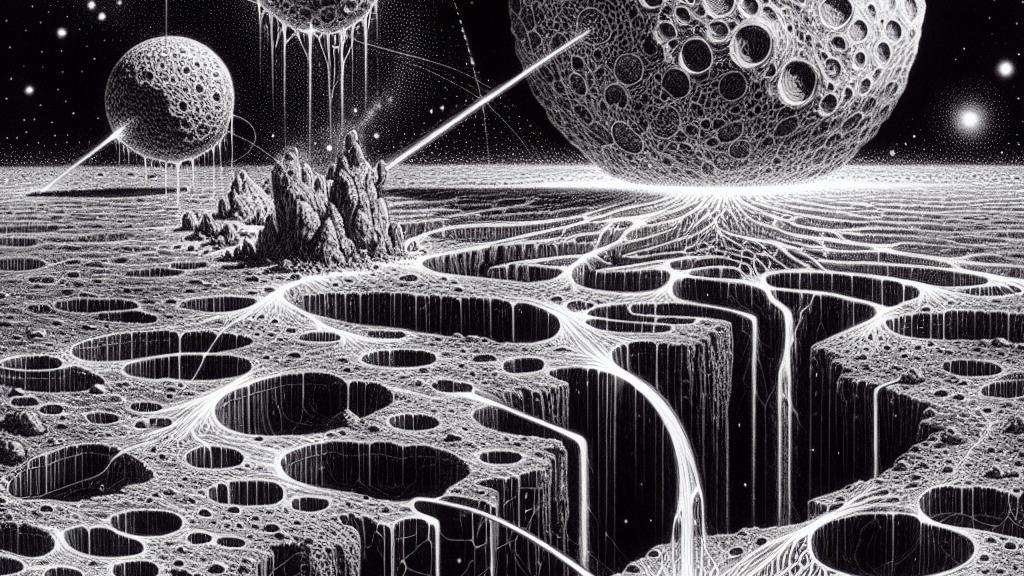Insights into Mysterious Flow Features on Airless Worlds
Overview
- Groundbreaking research uncovers how meteor impacts can generate flowing liquid brines on airless celestial bodies.
- Findings shed light on the intriguing geological features of asteroids like Vesta and icy moons like Europa, revealing their complex histories.
- This study opens new possibilities regarding the existence of subsurface water, crucial for understanding the potential for life beyond Earth.

Context and Purpose of the Research
This fascinating research was conducted in the United States, focusing on airless celestial bodies—particularly the asteroids Vesta and Ceres, as well as Europe’s charming moon, Europa. Collaborating closely with NASA’s Jet Propulsion Laboratory (JPL), a team from the Southwest Research Institute (SwRI) set out to unravel how meteoroid impacts might create conditions conducive to liquid brines. These brines, which can flow along crater walls, etch distinctive geological features into surfaces. Understanding these processes not only reveals the histories of these extra-terrestrial realms but also invites us to consider broader implications for the existence of water and perhaps even life in our solar system.
Key Experimental Findings That Illuminate
In a remarkable series of experiments, the team simulated the astonishing conditions that ice undergoes during meteoroid impacts on Vesta. They discovered something truly striking: while pure water froze almost instantaneously due to the vacuum conditions, mixtures of salt and water—including brines—remained liquid for at least one hour. This significant time frame allows brines to transport eroded materials, creating gullies and depositing debris in fascinating patterns. For example, these geological processes might help explain the smooth, intriguing plains seen on Europa and the varied formations on Mars. This evidence solidifies the notion that these bodies experience dynamic interactions and challenges our assumptions about their geological histories.
Implications for Future Exploration
The implications drawn from this research are tremendously exciting. If meteoric impacts can generate and sustain brines on airless worlds, it strongly suggests that liquid water might still exist beneath the surfaces of these intriguing celestial bodies. The thought is thrilling—imagine future space missions, perhaps ones equipped with advanced technology, uncovering signs of life hidden beneath layers of ice or rock. This research undoubtedly invites scientists to reconsider the potential habitability of these planets and moons. With each new finding, we inch closer to answering the age-old question of whether life exists beyond our blue planet. The universe is replete with surprises, and embracing these mysteries encourages a deeper exploration of what lies beyond our reach.

Loading...